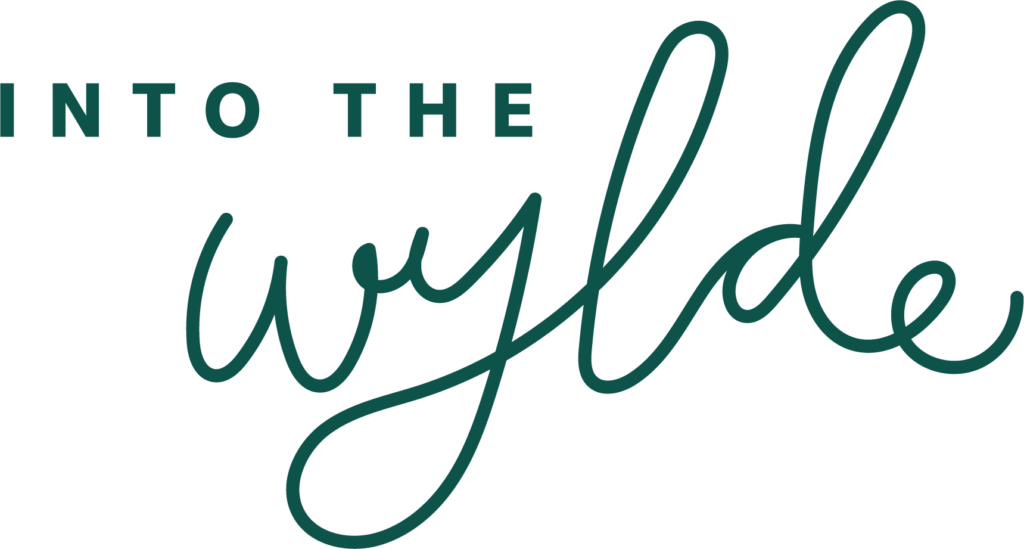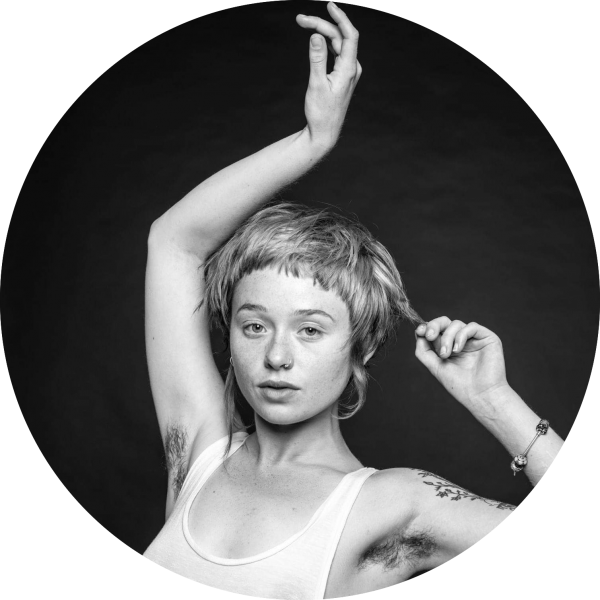Our tentative steps into womanhood are seldom taken gladly. Puberty bursts into infancy like an unwelcome guest; an unpleasant acquaintance we know little about who has come to stay for the foreseeable and daunting future. This adverse reaction to our ripening bodies is not everybody’s experience but it is true for many. It is all the more bewildering when, like myself, the process begins too soon.
Precocious puberty affects 1 in 5000 to 10,000 girls in the UK at around 8 years old but can develop in some even younger. At 8 years old my hair began to thicken and darken, growing denser and coarser. I began to gain weight, buds blossoming at my chest; my first period began soon after at 9 years of age. I understood little of what was happening to my body despite the tender attempts to explain it to me by my mother. I recall the horror I felt as I I stood barefooted in the swimming pool changing room, the smell of chlorine stinging my nostrils as I hurriedly stuffed my blood stained underwear into my locker. My body hair, however, was not something that I could hide so easily. At best it invited inquisitiveness and at worst it was an instigator for outright ridicule from the other children. From such a young age we begin to view the hairs on our bodies as abnormalities to be treated with repulsion.
The female body has been under scrutiny for aeons. Representations of our bodies throughout time, catalogued via the visual arts, illustrate how the absence of body hair has long been glorified. Be it Botticelli’s ‘The Birth of Venus’ or ‘La Maja desnuda’ by Francisco Goya the resounding message is the same. The pinnacle in female perfection is the hairless pubis and smooth body. The hairless ideal has been constructed societally for thousands of years. Hair removal was commonplace in ancient Egypt and in ancient Greece female body hair was associated with barbarism and incivility. In no other era, however, have these unrelenting ideals been so popularised and publicised. Our multimedia age perpetuates these standards in countless avenues. From fashion to film to the music industry, from lifestyle and beauty magazines to our social media feeds, the expectations of hairlessness are repeatedly reinforced.
Opting to let our hair grow is a choice that is either demonised or fetishised but seldom accepted without provoking controversy. So much shame and disgust clings to our hairs. The same malcontent attaches itself to our breasts, waists and hips telling us that our sizes, the cellulite in our thighs and the softness of our stomachs are defects to be rectified. Every aspect of our anatomies are held up for questioning. The condition of the female body seems to be always up for discussion. In reality there is often little discussion to be had. Rather, the female body is always up for dictation. We are regularly force fed a restricted diet of unattainable ideals. In countless ways we are daily reminded of and reprimanded for our supposed shortcomings.
There is little variation to be found in the bombardment of mainstream beauty standards. A sea of painstakingly poised selfies with their carefully chosen filters endlessly flood our screens. Jessica Rabbit doppelgängers with hairless and impossibly voluptuous bodies are upheld as today’s desirable norm. As we take it all in, consciously and subconsciously, it is easy to forget the falsity of it all. We know we are being manipulated yet still we let the doubt and judgement seep in. We search for faults and tear others down whilst silently despising the flaws we see in ourselves. Why don’t I look like her? How can she be so perfect? How can I possibly compete? Sadly, it is not only our self worth that is negatively affected. This kind of toxic competitiveness is equally ingrained within our interpersonal female relationships. It fundamentally impairs the potential for a loving culture of shared womanhood, something which is sorely and especially lacking within the Western cultures of the UK and the USA.
Whether one chooses to shave or not, the choice is ultimately that of the individual. No one should feel coerced in either direction. Remove your hair if you prefer it. Keep it if you want. Yet, it is important to acknowledge where the desire for hairlessness originates.
If hair disgusts you or makes you feel ashamed ask yourself why that is.
It is your choice what you decide to do with your body.
But it is never your place to tell another person what they should do with theirs.
Our guest writer Emily Cripps utilises the craft of poetry and prose to engage in social commentary; topics of exploration include mental health and modernity, the limitations of gender roles and political philosophy. Her field of specialisation in literary study explores representations of trauma in fiction particularly within the scope of world literature. Her writing is influenced by these fields of study combined with a passion for the Beat generation and the rich didacticism of folklore and fairy tale. Her website is currently under construction but you can contact her at ylimesppirc (at) outlook.com. The picture is a portrait of the author taken by Ben Hopper for his project “Natural Beauty”.


Really interesting article and so true!
Thank you Carrie – we think so too!
A very well scripted article
The choice is the thing. Seeing more people who have chosen not to conform to the hairless ‘ideal’ definitely helps though.
This is so empowering and beautifully written dude!!